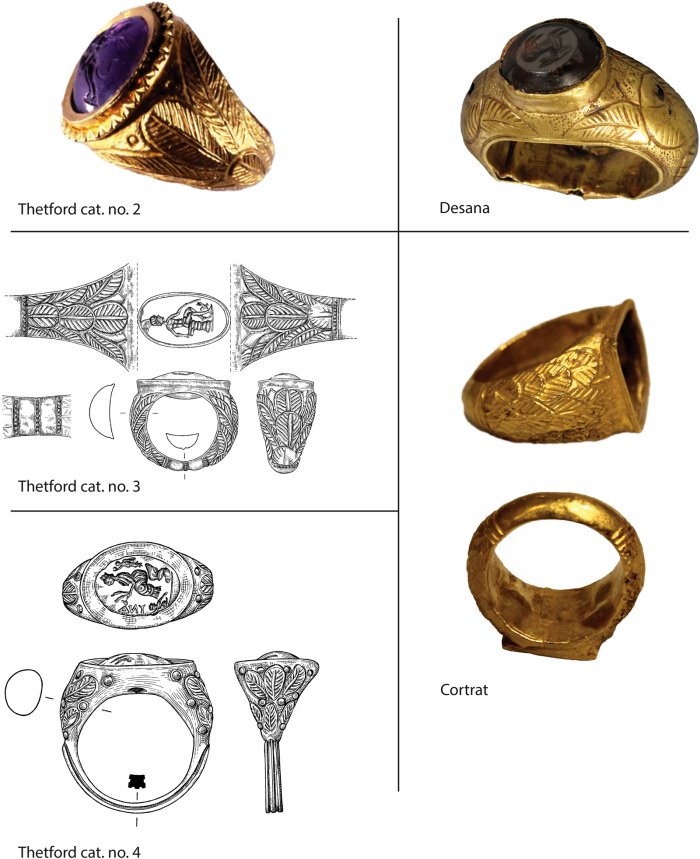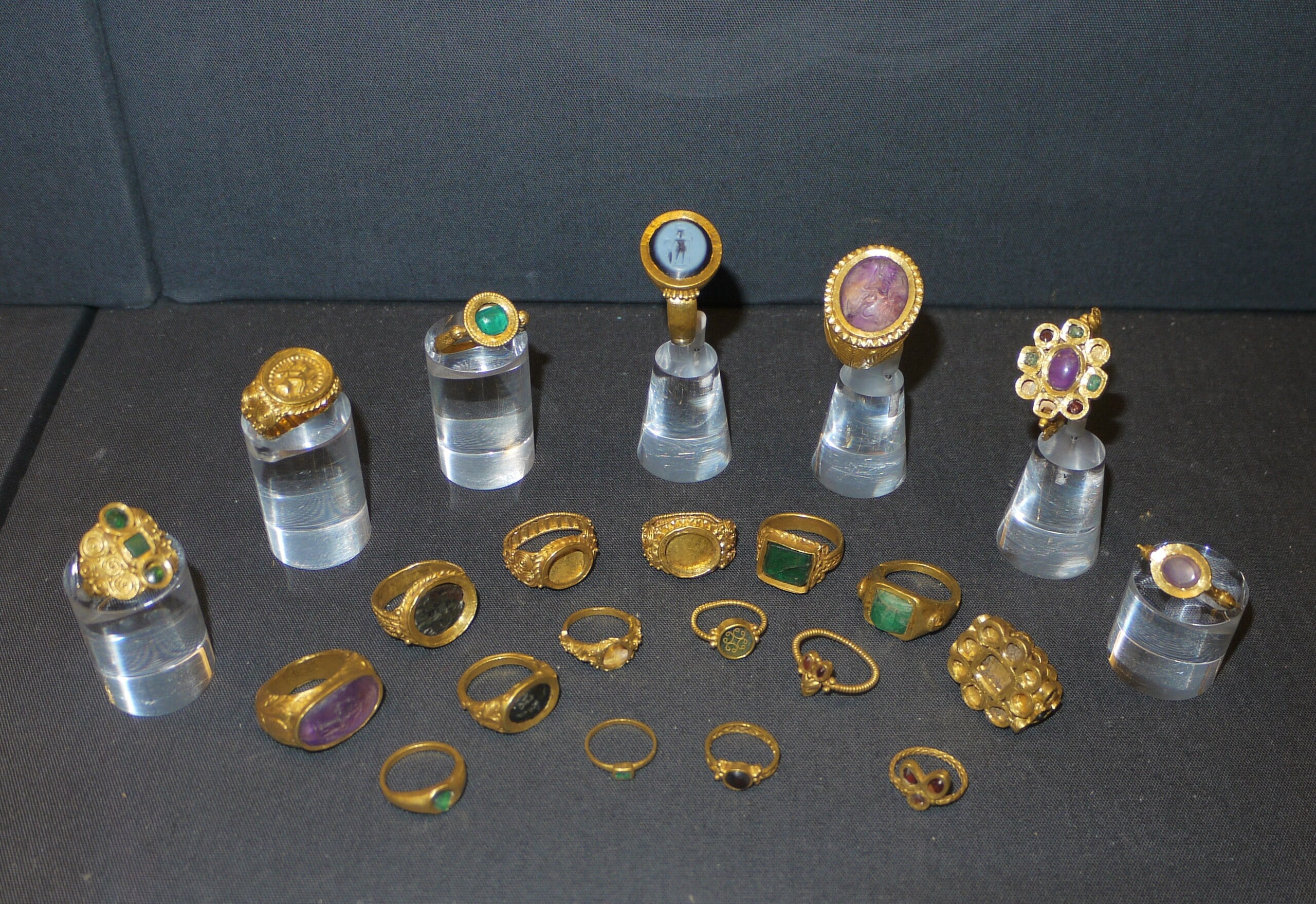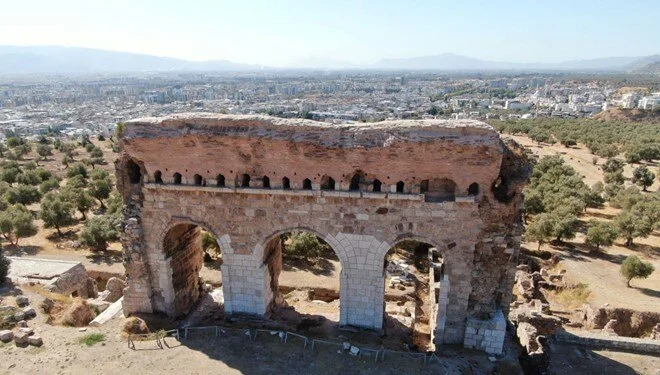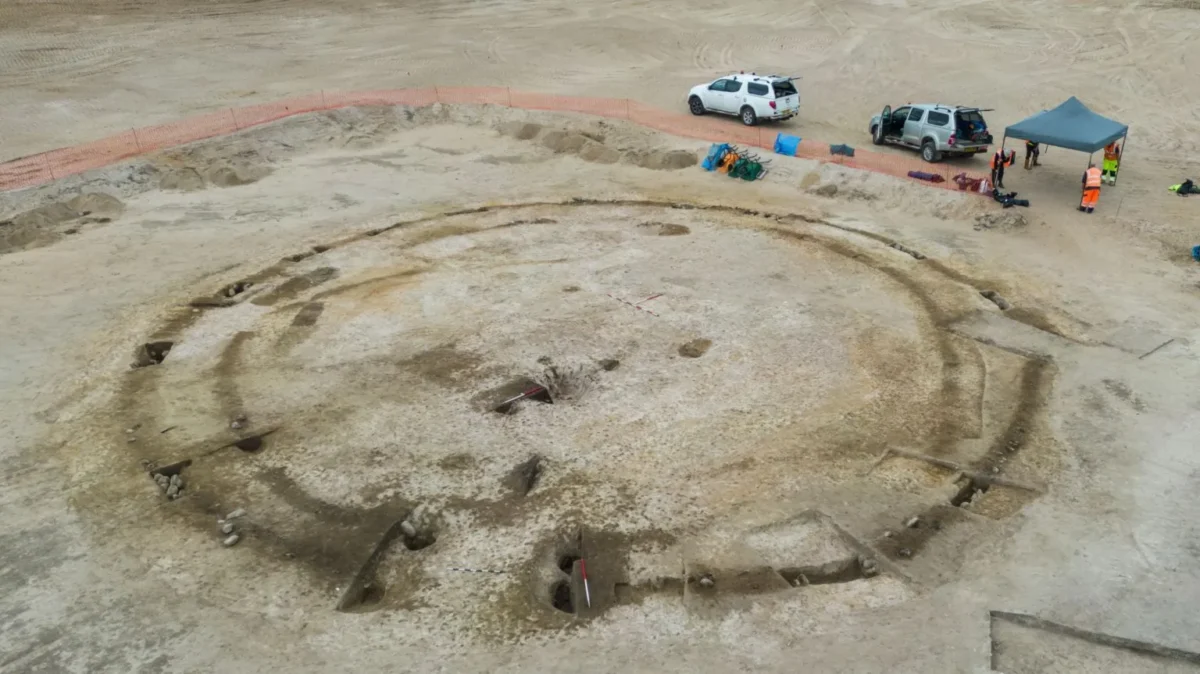Unearthed from the depths of Thetford Forest in the heart of East Anglia, the extraordinary collection known as the Thetford Treasure offers a striking new perspective on the region’s religious and cultural landscape. Recent archaeological research has revealed that this valuable treasure dates not to the late 4th century AD, as previously thought, but to the 5th century AD, specifically between 420 and 440 AD. This significant shift in dating provides strong evidence that Thetford continued to exist as a pagan center until the 5th century, fundamentally altering our understanding of the region’s religious transition.
The meticulous work of Professor Ellen Swift from the University of Kent forms the basis of this reevaluation. Professor Swift reached this new chronology by comparing the artifacts in the treasure with similar burial and hoard finds from the Western Roman Empire of the same period. Discovered by chance in 1979 at a construction site on Fison’s Way, this rich collection consists of a total of 81 pieces, including 22 gold rings, elegant gold jewelry pieces, and 36 silver spoons or strainers. Notably, the absence of any coins in the treasure posed challenges for researchers in dating it; however, the artistic, technological, and compositional characteristics of the artifacts strongly support Professor Swift’s proposed 5th-century dating.

One of the most striking implications of this reevaluation is the rich cultural connections carried by the jewelry in the treasure. These findings suggest that Thetford functioned as a vibrant pagan cultural center until the 5th century, calling into question previous assumptions about the region’s religious transition. It also highlights Thetford’s economic significance during a time of political upheaval and the decline of Roman authority. The new chronology suggests that the treasure was buried during a period marked by migration and displacement, indicating that the economic value of such precious items likely increased during that time.
Professor Swift’s analysis also reveals that the various artifacts in the Thetford Treasure bear traces of a wide network of trade and cultural interaction within the Roman Empire. The different styles of the jewelry indicate influences from various regions, such as northern Italy and the Balkans, signaling the existence of a shared elite culture that transcended geographical boundaries. This situation challenges the common perception of Britain as isolated during this transitional period, suggesting instead that the island was connected to a much broader Roman world.

The implications of this new timeline are profound and far-reaching. It not only reshapes the understanding of the Thetford Treasure but also lays the groundwork for the reevaluation of other archaeological finds from the period. Published in the Journal of Roman Archaeology, this important research establishes Thetford as a critical reference point for the dating of artifacts and the understanding of cultural and economic dynamics in post-Roman Britain.
Today, the Thetford Treasure continues to be exhibited at the British Museum, captivating scholars and visitors alike. This unique collection sheds light on the complex and fascinating history of a region that evolved amid the challenges of change and transformation during the twilight of the Roman Empire. Ongoing research surrounding the treasure not only deepens our knowledge of this extraordinary find but also contributes valuable insights to the broader historical narrative of Britain during this significant transitional period.
Swift, E. (2024). Rethinking the date and interpretation of the Thetford treasure: a 5th-c. hoard of gold jewelry and silver spoons. Journal of Roman Archaeology, 37(2), 409–448. doi:10.1017/S1047759424000278
Cover Image Credit: Wikipedia





